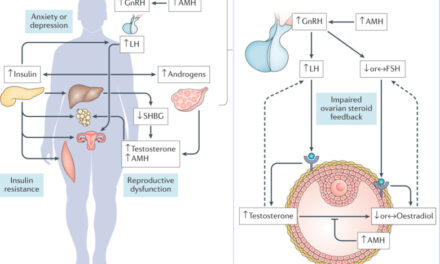September 6, 2024
Researchers at Harvard Medical School have introduced a groundbreaking AI model named CHIEF (Clinical Histopathology Imaging Evaluation Foundation) that promises to revolutionize cancer diagnosis and treatment. Described in the latest issue of Nature, this versatile AI system resembles ChatGPT in its ability to handle diverse tasks, including cancer detection, prognosis forecasting, and treatment recommendations.
The CHIEF model stands out for its comprehensive capabilities compared to existing AI systems, which are typically limited to specific diagnostic tasks or cancer types. The Harvard team, led by Kun-Hsing Yu, assistant professor of biomedical informatics at the Blavatnik Institute, designed CHIEF to tackle a broad spectrum of cancer evaluation tasks. This model was tested across 19 different cancer types, showcasing its flexibility and effectiveness.
A New Era in Cancer Diagnostics
Unlike current AI systems that excel in niche areas—such as identifying cancer presence or predicting genetic profiles—CHIEF integrates multiple functions into a single platform. It analyzes digital slides of tumor tissues with impressive accuracy, detecting cancer cells and predicting molecular profiles based on observed cellular features. Moreover, CHIEF forecasts patient survival rates and evaluates the tumor microenvironment, which includes the tissue surrounding the tumor and its response to various treatments.
“Creating a nimble, versatile AI platform was our goal,” said Yu. “CHIEF has proven useful across multiple tasks related to cancer detection, prognosis, and treatment response, offering insights into tumor behavior that were previously unknown.”
Training and Performance
CHIEF’s development involved training on 15 million unlabeled images, followed by more focused training on 60,000 whole-slide images from diverse cancer types. This approach allowed CHIEF to contextualize specific changes within the broader image, enhancing its diagnostic accuracy. In testing, CHIEF outperformed existing AI models by up to 36% in various tasks, including cancer cell detection and tumor origin identification.
The model demonstrated nearly 94% accuracy in cancer detection and achieved high performance across multiple datasets. For instance, it reached 96% accuracy in biopsy datasets and maintained over 90% accuracy in detecting tumors from surgically removed samples.
Predicting Tumor Genomics and Patient Survival
CHIEF also excels in predicting genomic variations and patient outcomes. It successfully identified key genetic mutations linked to cancer growth and response to treatments, including immune checkpoint blockade. Its ability to predict survival based on tumor histopathology images was validated across numerous patient groups, outperforming other AI models by up to 10% in advanced cancer cases.
Extracting Novel Insights
The model’s analysis revealed previously unrecognized tumor characteristics associated with patient survival. By generating heat maps, CHIEF highlighted areas with significant tumor and immune cell interactions, providing valuable insights into tumor aggressiveness and patient prognosis.
Future Directions
The researchers plan to enhance CHIEF’s capabilities by expanding its training to include rare diseases and non-cancerous conditions, incorporating more molecular data, and predicting the effects of novel cancer treatments. These advancements aim to further refine the model’s accuracy and versatility.
The development of CHIEF represents a significant leap forward in AI-driven cancer diagnostics, offering the potential to improve early detection, personalize treatment strategies, and ultimately enhance patient outcomes worldwide.
Reference: Xu, H., Usuyama, N., Bagga, J., Zhang, S., Rao, R., Naumann, T., Wong, C., Gero, Z., González, J., Gu, Y., Xu, Y., Wei, M., Wang, W., Ma, S., Wei, F., Yang, J., Li, C., Gao, J., Rosemon, J., Bower, T., Lee, S., Weerasinghe, R., Wright, B. J., Robicsek, A., Piening, B., Bifulco, C., Wang, S., & Poon, H. (2024). A whole-slide foundation model for digital pathology from real-world data. Nature. DOI: 10.1038/s41586-024-07441-w












